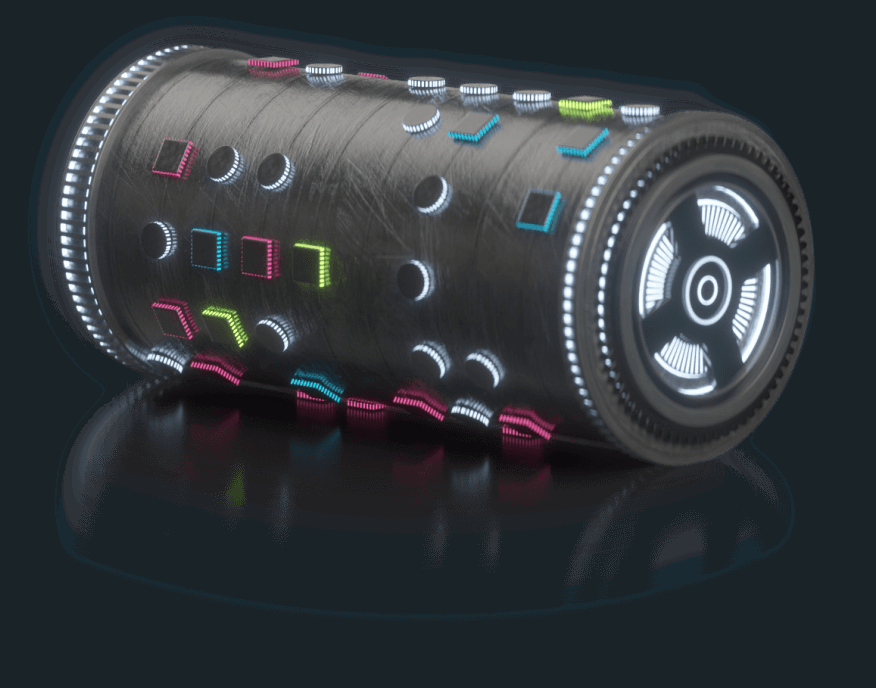The provider of Quantum Algorithm Design platform, Classiq, has announced their collaboration with Fraunhofer Institute – the leading organization for applied research in Europe, and other major academic centres, on the development of software for industrial use of quantum computers.
“We are pleased for the opportunity to collaborate with the Fraunhofer Institute on groundbreaking software work for the benefit of industrial customers”,
Shai Lev, Head of Business Development and Partnerships at Classiq
As part of the Competence Center Quantum Computing Baden-Württemberg, the SEQUOIA Project focuses on the software engineering of industrial hybrid quantum applications and algorithms. Institutes that are part of the project include the Fraunhofer Institute for Industrial Engineering IAO, Fraunhofer Institute for Manufacturing Engineering and Automation IPA, the Fraunhofer Institute for Applied Solid State Physics IAF, the University of Tubingen, the FZI Research Center, and the University of Stuttgart with the institutes IAAS and HLRS.
“this collaboration leverages the unique abilities of Classiq and Fraunhofer, two leaders in their fields”.
Shai Lev, Head of Business Development and Partnerships at Classiq
With the main focus on three major aspects, the SEQUOIA project is developing and testing new methods for quantum computing that will be vital for future industrial use. The results for the major focus of this project are:
- The quantum application center with applications and algorithms, e.g. for manufacturing, production, logistics, energy, and engineering.
- The quantum software component kit as the basis for the implementation of application components, algorithms, hybrid quantum-classical solutions, and demonstrators.
- The quantum software engineering model with its own methods, procedures, technologies, and experiences from the project.
“We are looking forward to work with the Classiq team on novel methods of generating quantum algorithms”.
Dr. Christian Tutschku, from the Fraunhofer Institute.
As partners with SEQUOIA, there are two major problems Classiq will be working on in the SEQUOIA framework:
- Using state-of-the-art (gate-based) quantum computers to solve mixed-integer linear programming (MILP) problems. Production planning and scheduling, optimization of cellular and telecommunications networks, etc are solved using special linear programming problems known as MILP
- Solving coupled partial differential equations with the Harrow Hassidim Lloyd (HHL) quantum algorithm. Fluid flow problems and electrodynamics problems can be approached using the HHL quantum algorithm.
“We welcome Classiq into the Sequoia partnership”,
says Dr. Christian Tutschku, from the Fraunhofer Institute.

